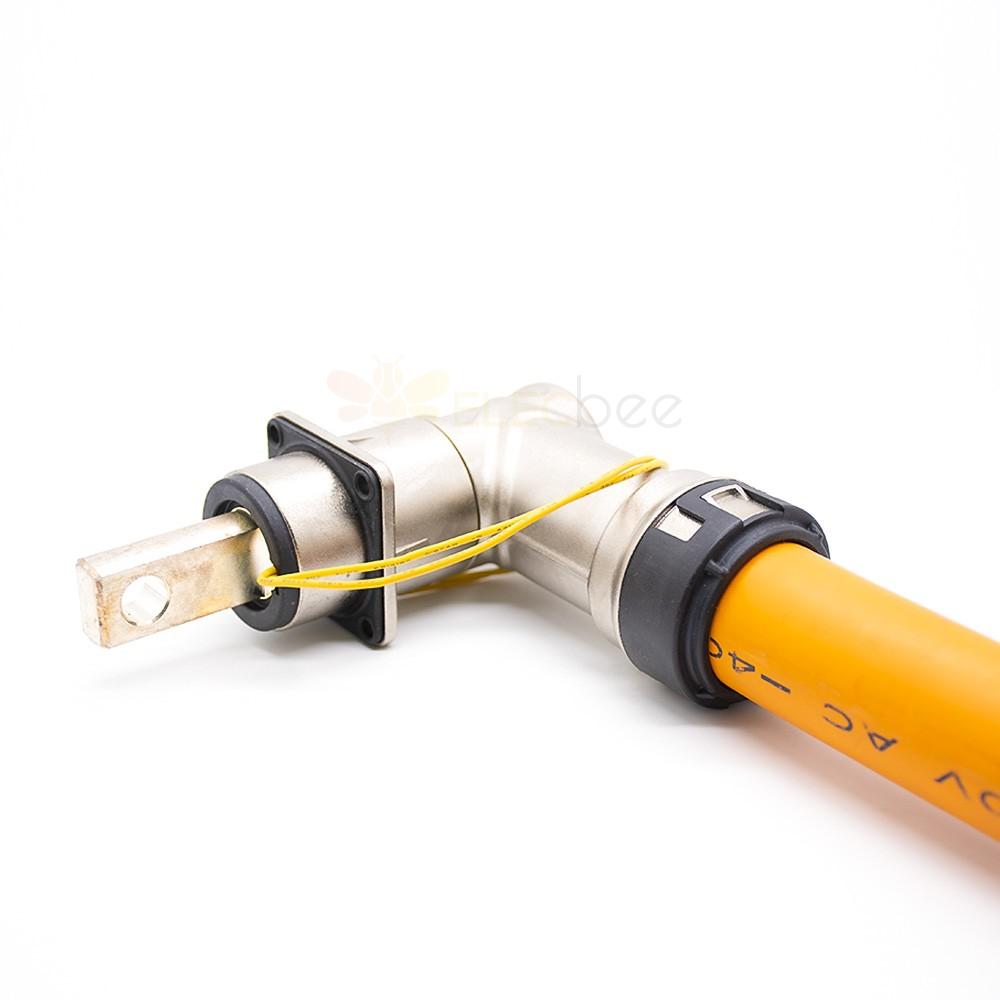An automotive wiring harness is an organized set of wires, terminals and connectors that run throughout the entire vehicle and transmit signals and electric power, thereby playing a critical role in connecting all of the electronic components of a vehicle.
The Complex Network Under the Hood
At first glance, a wiring harness simply looks like a confusing array of wires and cables. However, these wiring harnesses are meticulously designed to provide power and data to all parts of the vehicle. A typical harness consists of wires, insulation, terminals, connectors and mounting points that are bundled together in a protective cover. It acts as a conduit to transfer information and electricity between sensors, actuators, controllers, motors and all other electronic modules in the vehicle.
The wiring harness is one of the most important and complex components found under the hood of a vehicle. Every function in a vehicle, from the ignition system, instrumentation and safety sensors to the entertainment system, navigation equipment, and heated seats depends on the unimpeded flow of information and power through the wiring harness. Damage or malfunction of a vehicle’s wiring harness can cause issues ranging from a malfunctioning dashboard to a complete loss of power.

Evolving with Advanced Technologies
As vehicles have become more technologically advanced, so have automotive wiring harnesses. Today’s wiring harnesses are quite sophisticated, providing connectivity for stability control systems, anti-lock brake systems, multiplexed communication networks between electronic control units, navigation systems, Bluetooth connectivity and much more. Modern vehicles contain multiple interconnected wiring harnesses consisting of anywhere from 1 to 5 miles of wiring.
Vehicle safety increasingly depends on uninterrupted functioning of the wiring harness. Anything from wear and tear to manufacturing defects can potentially compromise a wiring harness, so high quality, durability and reliability are extremely important. Strict quality control measures are put in place during the design, selection of components and assembly of automotive wiring harnesses. High-grade materials are used to withstand temperature extremes, moisture, vibrations and years of service under the hood.
The Future of Automotive Wiring Harnesses
Looking ahead, automotive wiring harnesses will continue to evolve to meet the needs of developing technologies like connected vehicles, autonomous driving systems and electric vehicles. For example, the wiring harness is critical for transmitting huge amounts of data in connected vehicles and automated driving systems. And for electric vehicles, high-voltage wiring harnesses are needed to withstand much higher electric loads.
Automotive wiring harnesses have come a long way from the early days of motoring and continue to grow in complexity and sophistication. These precisely engineered networks of wires and connections are the connective tissue that transmits the electronic signals pivotal to the functioning of today’s vehicles. The future will see continuing advancement in automotive wiring harnesses to keep pace with and enable emerging automotive technologies.
